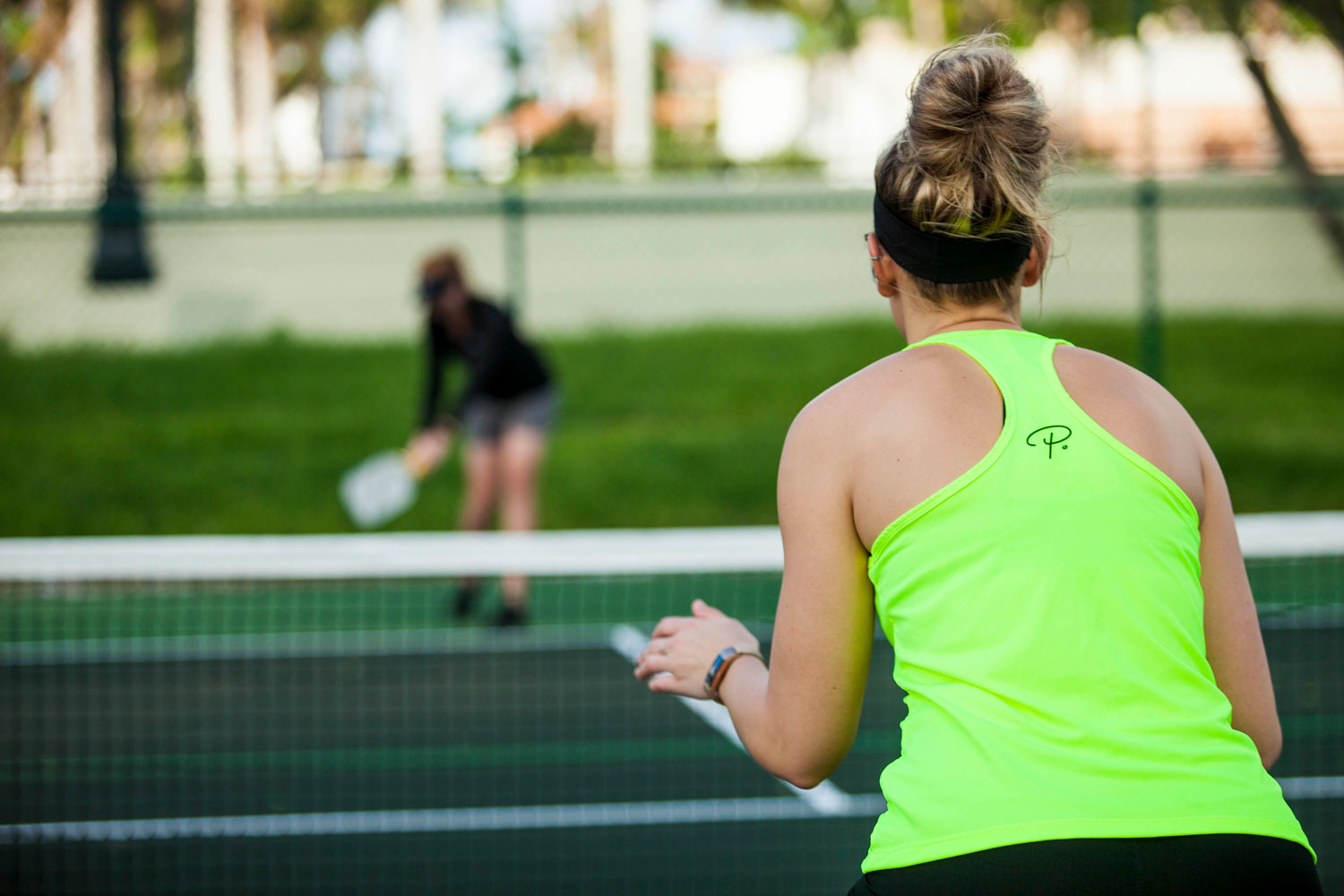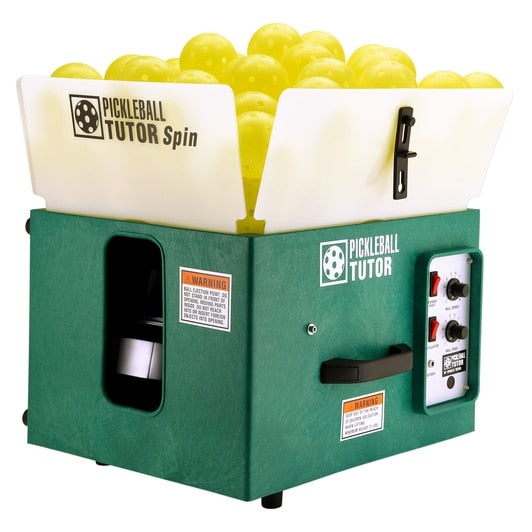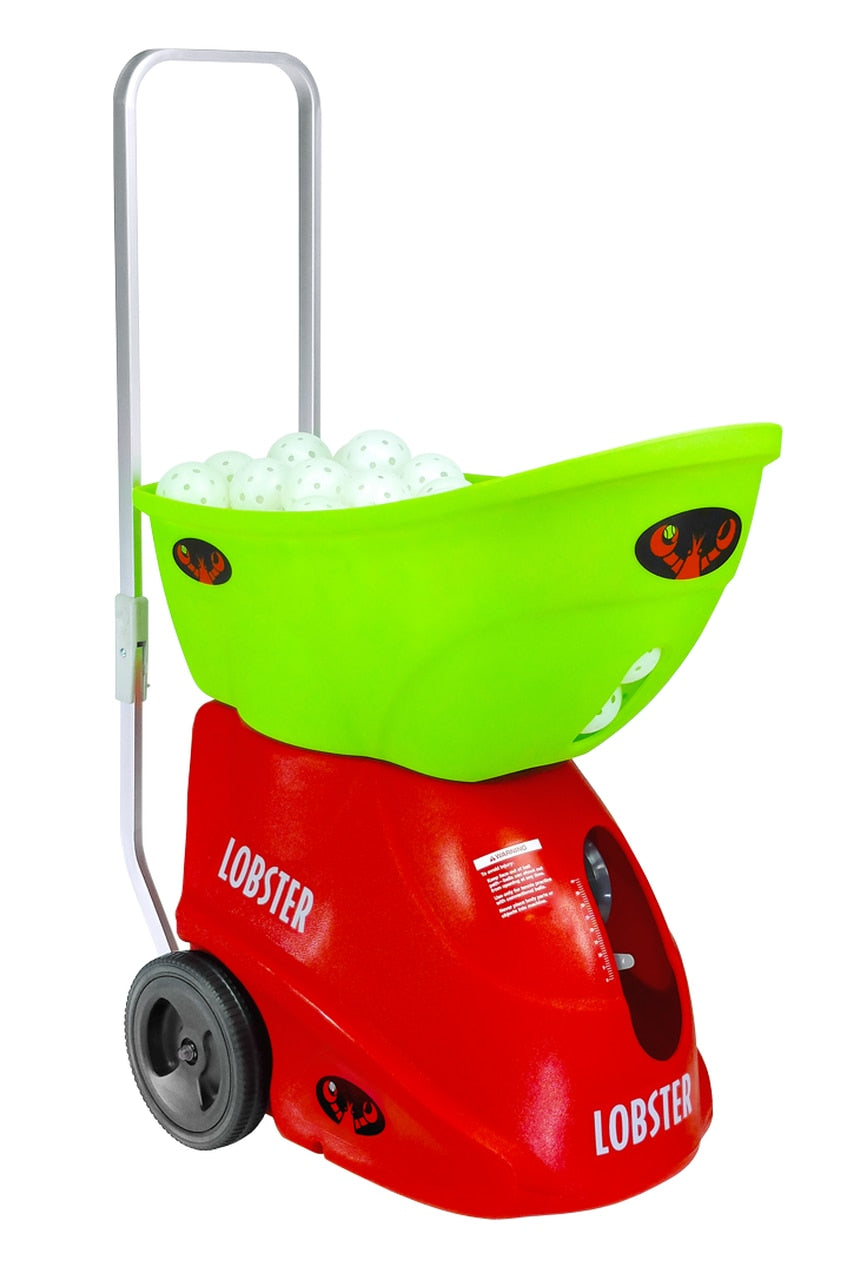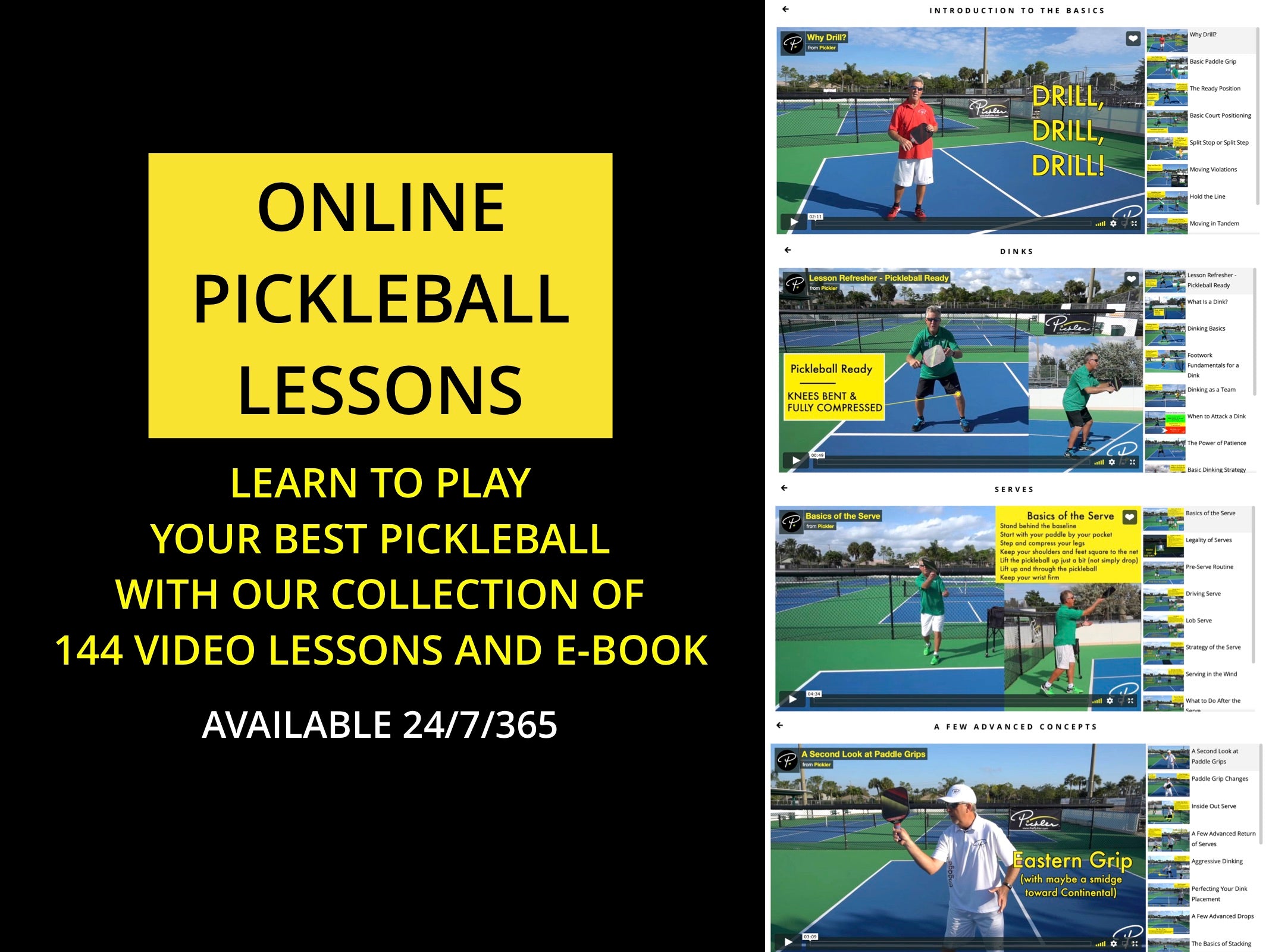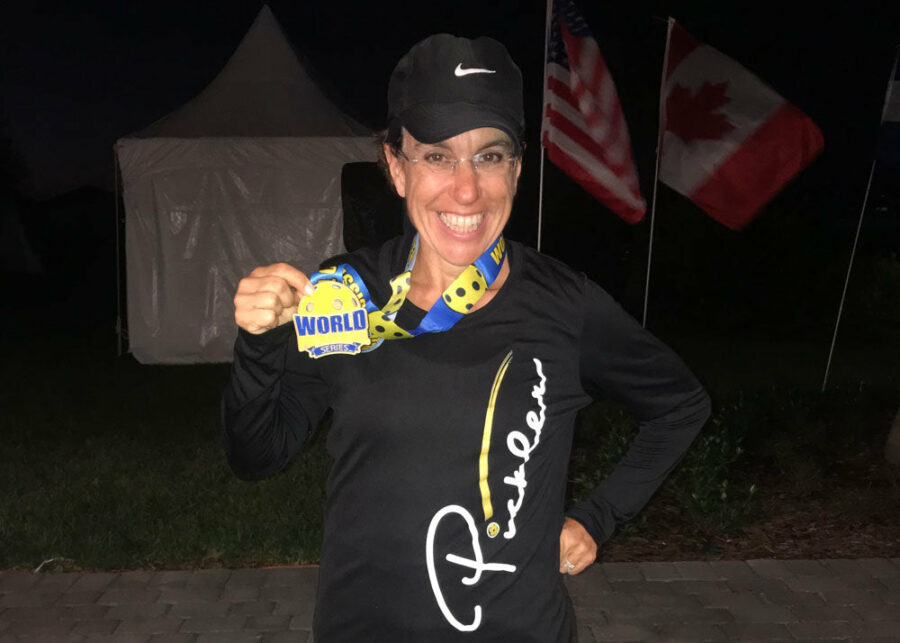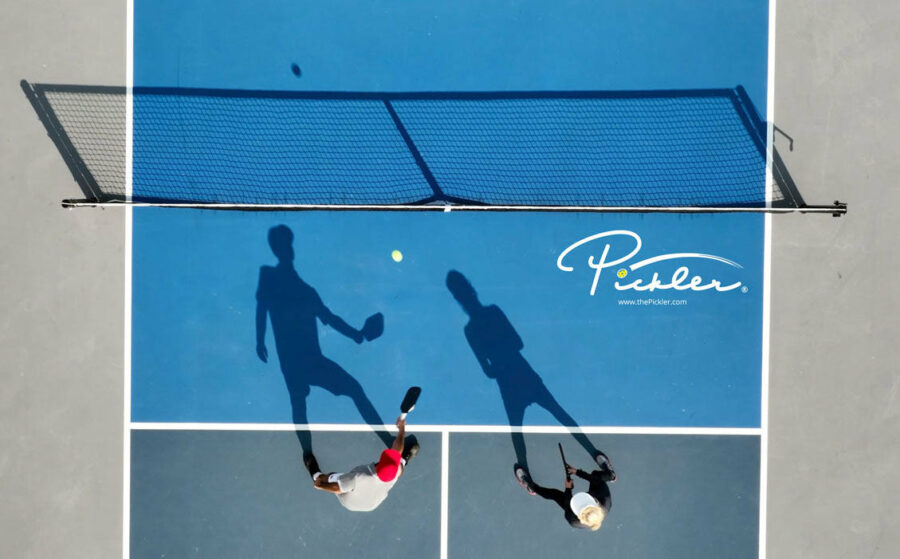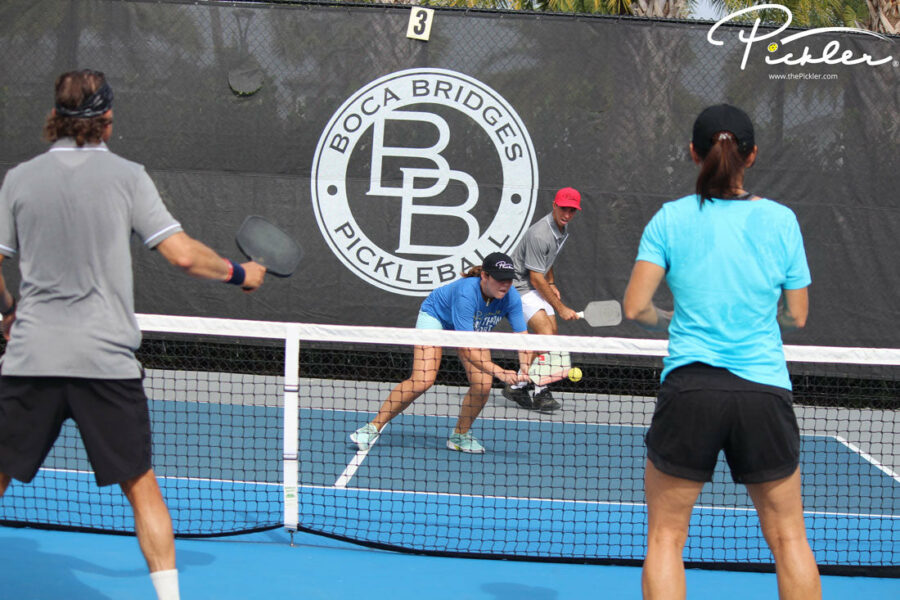Pickleball drills are specific exercises designed to practice and improve specific pickleball skills. Drills are incredibly important and valuable in any sport, including the sport of pickleball, as drills help you commit the proper pickleball mechanics to muscle memory. By committing skills to muscle memory, pickleball players can react and respond instinctively, while using their mental skills to focus on strategy on the court.
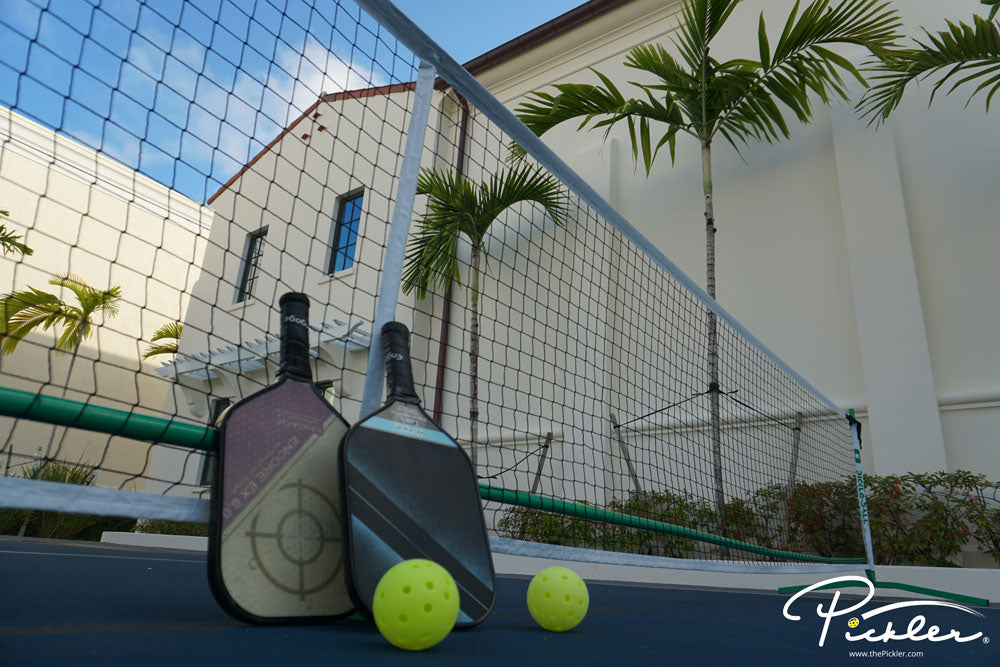
Pickleball drills are better than pickleball play in efficiently committing skills to muscle memory because drills allow you get repetition on a specific skill (such as hitting a drop shot), which you cannot obtain through actual play. For example, with a drill, you could hit 10 drops shots in the same amount of time as you may play one point in a pickleball game—and during that point, you may not even touch the pickleball. Drilling is valuable in gaining repetition quickly and efficiently.
Further, competitive pickleball play and tournament pickleball play are stressful, high-speed situations. Things tend to break down in stressful, high-speed situations, like your pickleball mechanics. As a result, it is important to practice your pickleball mechanics in a non-stressful environment. In other words, DRILL, DRILL, DRILL! It is so important to drill to commit the proper pickleball mechanics to muscle memory and to make your proper pickleball mechanics part of your habits.
Pickleball Drills and the 10,000 Rule
Generally speaking, you must do any skill, such as hit a particular pickleball shot, properly at least 10,000 times to master it. This is worth reiterating—you must hit 10,000 of each of your dinks, drops, drives, volleys, serves, returns, lobs, overheads, etc.—the PROPER way—to master each shot and each skill. This means that you may need to hit a particular shot more than 10,000 times—say 20,000 times—to hit 10,000 proper strokes. So, emphasize quality on every shot to meet the 10,000 times as efficiently as possible!
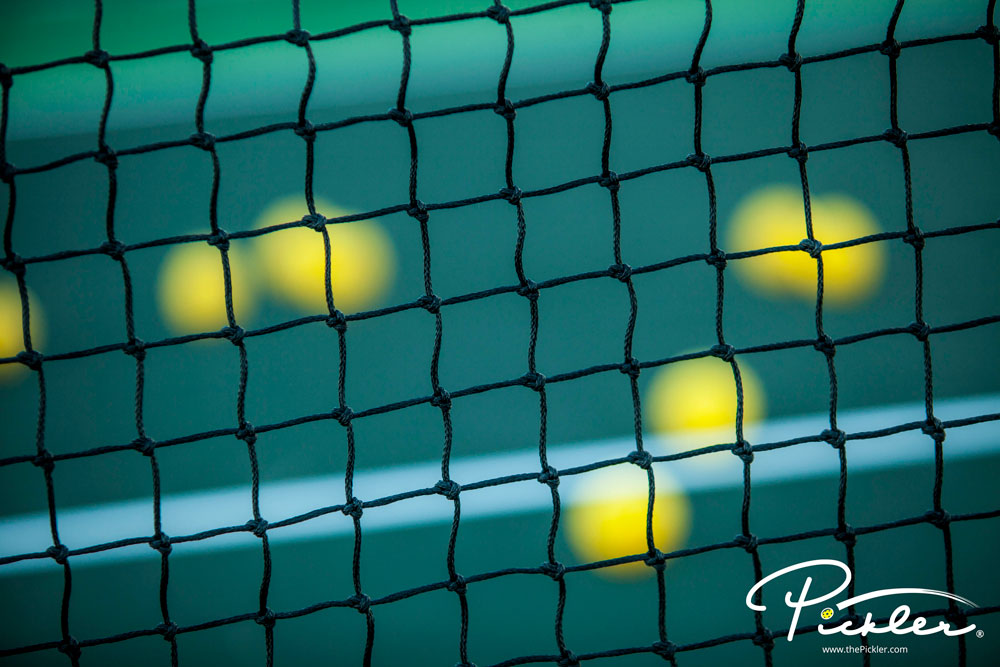
Find a Pickleball Drill Partner
Pickleball drills, as compared to pickleball play, may sound boring. However, there are ways to make pickleball drills fun, competitive, and productive in building and improving skills. In fact, one of my favorite things to do is to be on the pickleball court with a friend (oftentimes, Leigh Waters or Nick Rogers), practicing different pickleball drills.
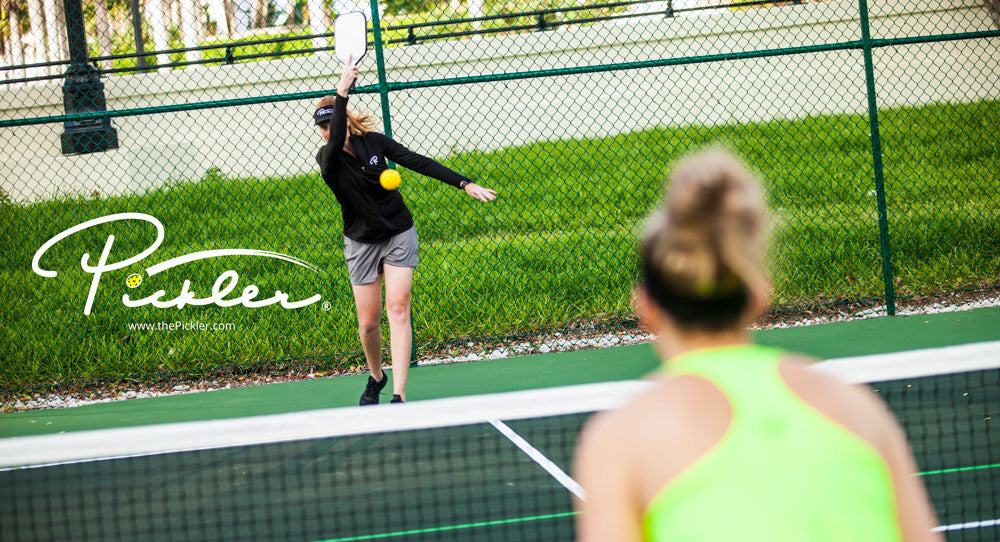
I try to drill on the pickleball court at least once per week. The drill session, which is about 1.5 to 2 hours (with water breaks and friendly chats), typically goes as follows:
Dink Drills
- Warm-up by hitting repetitive dinks straight-on (on both sides of the pickleball court) and then crosscourt in both directions.
- Play a competitive game to 5 (rally scoring), where you have to have three dinks and then any shot (e.g., speed up, lob, dink, etc.) is allowed. Whoever wins the rally earns a point; first player to 5 points wins. You play this competitive game straight-on (on both sides of the pickleball court) and then crosscourt in both directions—for a total of 4 games.

Third Shot Drills
- Warm-up by hitting repetitive drops/drives straight-on (on both sides of the pickleball court) and then crosscourt in both directions. The player at the pickleball net should work on being a good feeder, as the focus of the warm-up is on the player at the baseline working on the third shot (whether it is a drop or drive). Each player should have the opportunity to warm-up the third shot.
- Play a competitive game to 5 (rally scoring), where one player always starts at the baseline and one player always starts at the Non-Volley Zone (or Kitchen) Line. The player at the Non-Volley Zone Line will always start the rally and feed the player at the baseline. After the initial feed, any shot (i.e., drive, drop, lob, etc.) is allowed by either player. Whoever wins the rally earns a point; first player to 5 points wins. You play this competitive game straight-on (on both sides of the pickleball court) and then crosscourt in both directions, with each player taking turns to be the player at the Non-Volley Zone Line—this means there is a total of 8 games.
- Now, play the same competitive game to 5, where one player always starts at the baseline and one player always starts at the Non-Volley Zone (or Kitchen) Line. The player at the Non-Volley Zone Line will always start the rally and feed the player at the baseline. After the initial feed, any shot (i.e., drive, drop, lob, etc.) is allowed by either player. However, this time, a player can only score a point if the player who started at the baseline wins the rally. If the player at the baseline loses the rally, then the players switch positions—the player at the Non-Volley Zone Line will drop back to the baseline and the player at the baseline will move up to the Non-Volley Zone Line. If the player at the baseline wins the rally, then that player gets a point and the players remain in their positions. The players then play another point. First player to 5 points wins! You play this competitive game straight-on (on both sides of the pickleball court) and then crosscourt in both directions—for a total of 4 games.
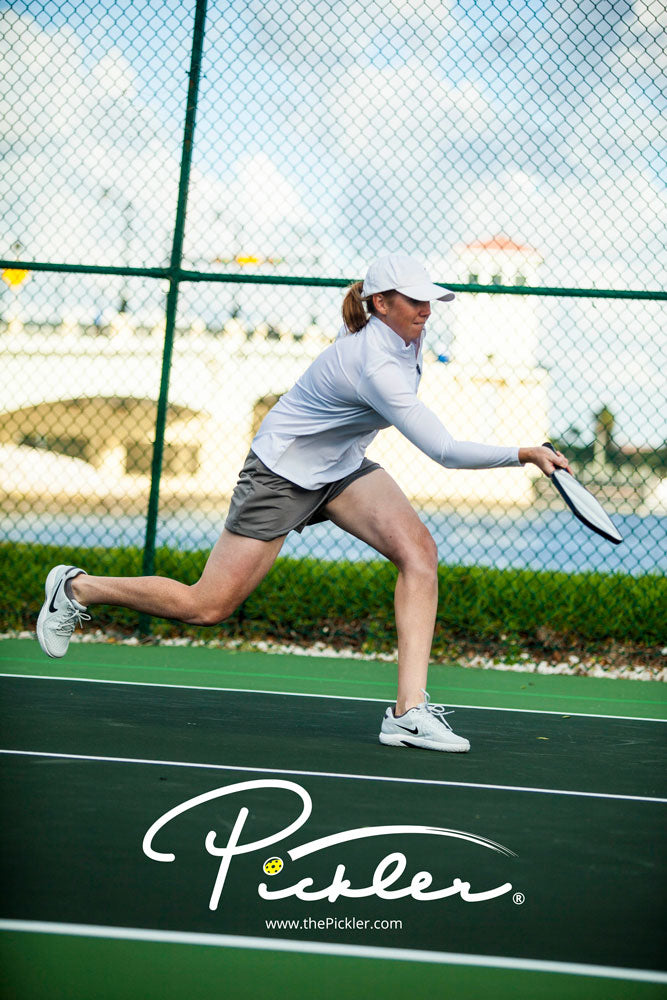
Skinny Singles
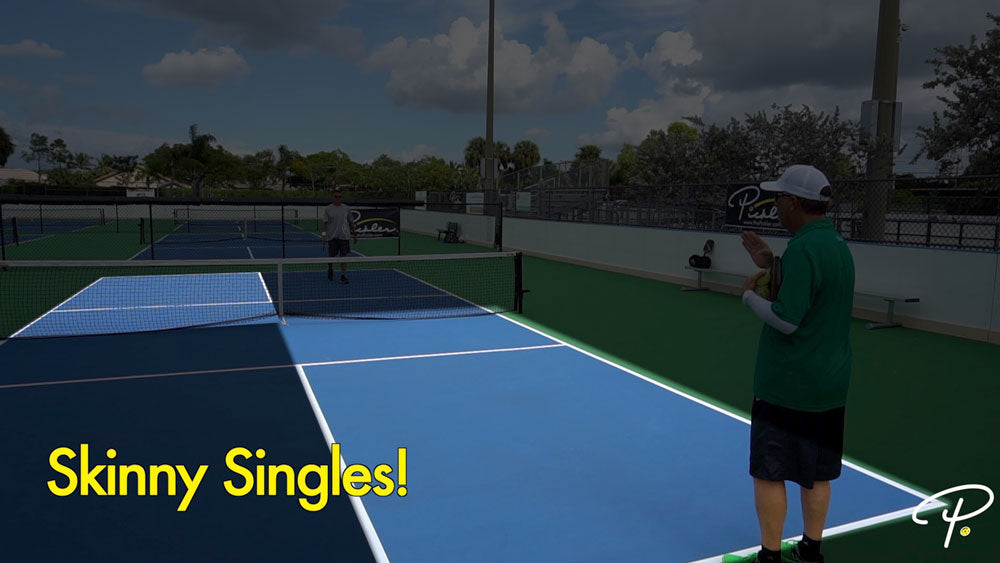
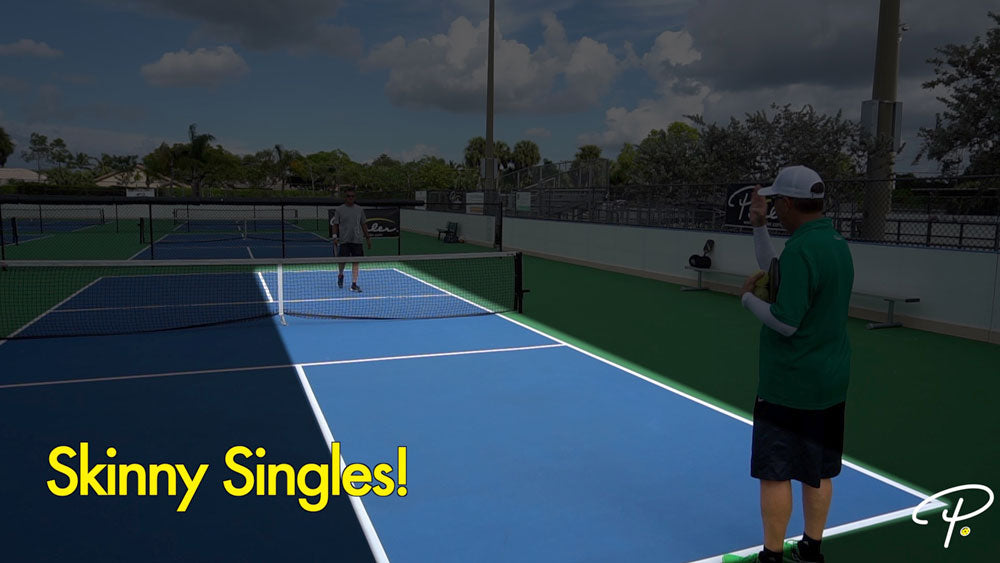
The various mini-games in the pickleball drill session outlined above are important in order to make the drill session fun, but also to add an element of pressure that is present in actual pickleball games (especially competitive pickleball games).
Pickleball Machines: Your New Drill Partner?
It can be hard sometimes to find a pickleball player that loves drilling as much as you do. In these times, it may be helpful to have a pickleball machine, so that you can hit the pickleball court solo, at any time, and work on the specific skills you need to improve.
The most common pickleball machines on the market are (1) the Sport Tutor, and (2) the Lobster.
Each of the Sport Tutor and the Lobster also have a more advanced, more expensive machine that has more features. For a quick breakdown of the Sport Tutor machines and the Lobster machines, see the chart below.
|
Sport Tutor |
Lobster |
||
|
$1,049-$1,499 (*depending on options you select) |
$1,049-$1,499 (*depending on options you select) |
$2,324 |
$1,694 |
|
Up to 60 mph |
Up to 65 mph |
Up to 65 mph |
Up to 60 mph |
|
Can add side spin (left or right) |
Can add topspin and backspin |
Can add topspin and backspin |
Can add topspin and backspin |
|
Holds up to 125 pickleballs |
Holds up to 110 pickleballs |
Holds up to 135 pickleballs |
Holds up to 135 pickleballs |
|
Up to 4 hours per battery charge |
Up to 4 hours per battery charge |
Up to 6 hours per battery charge |
Up to 8 hours per battery charge |
|
Random oscillation available (2-line oscillation available for additional charge) |
Random oscillation available (2-line oscillation available for additional charge) |
Random oscillation and 2-line oscillation available |
Random oscillation and 2-line oscillation available |
|
Made in the USA with a 3-year warranty |
Made in the USA with a 3-year warranty |
Made in the USA with a 2-year warranty |
Made in the USA with a 2-year warranty |
To take your solo drills up a notch when using a pickleball machine, also consider using targets to give you immediate visual feedback on the pickleball court.
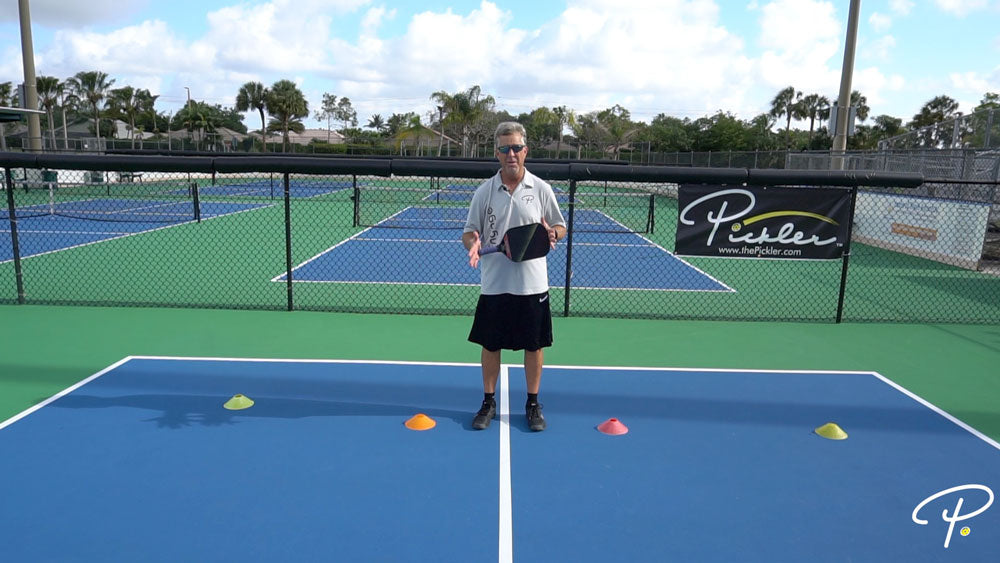
DRILL, DRILL, DRILL!
Find a drill partner (or a pickleball machine) and get out there and drill, drill, drill! To improve your pickleball game, practice and drill each skill, and commit each skill to muscle memory. Practice and drill with a purpose!
WANT PICKLEBALL COACHING, TIPS, AND STRATEGIES?
If you want pickleball coaching, tips, and strategies on every aspect of your pickleball game, check out Pickler’s online video lesson collection called My Pro Pickleball Coach. My Pro Pickleball Coach is a fraction of the price of one clinic or even one lesson, and features over 140 video lessons (over 7 hours of instruction!), as well as a corresponding e-book. These online video lessons are available on demand 24/7 and breakdown every aspect of the sport of pickleball, including pickleball mechanics and fundamentals, drills, strategy, and advanced concepts, so you will play your best pickleball.

